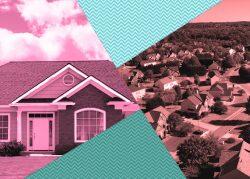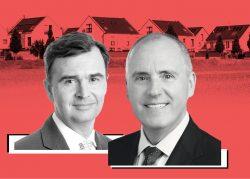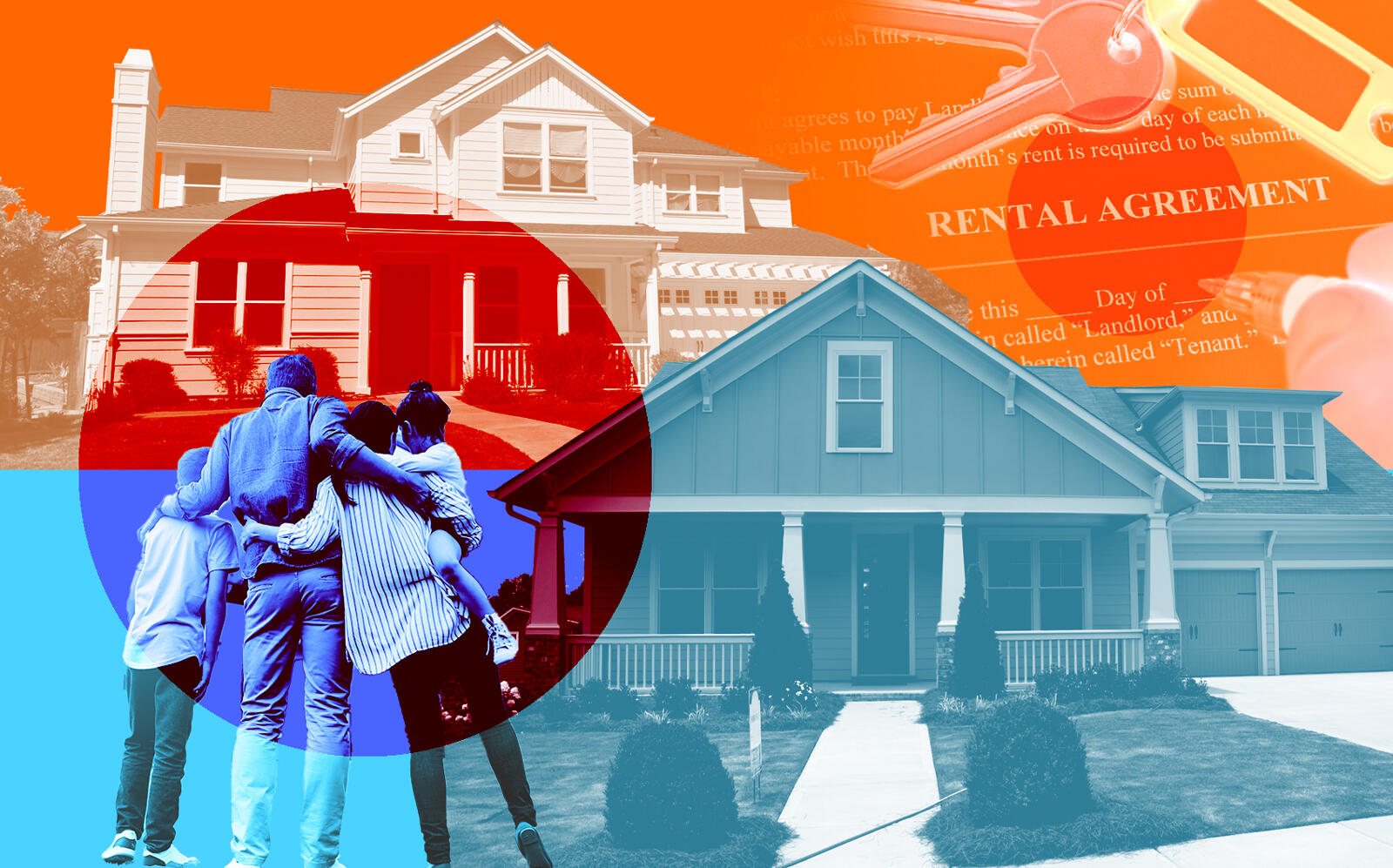Americans are finding homeownership increasingly out of reach or not worth the commitment, and are instead turning to the next closest thing: single-family rentals.
Built-to-rent homes, which are constructed for single families as rentals, were surging even before Covid. The pandemic accelerated the trend, as the number of built-to-rent homes soared by 30 percent from 2019 to 2020, according to the New York Times.
Read more


Built-to-rent homes make up 6 percent of all homes being constructed in the United States, and according to the Times, that number could double in the next decade. It is the fastest-growing housing sector in the country.
Single-family rentals now take up a significant market share of the rental sector itself. These properties make up approximately 35 percent of all U.S. rentals.
The advantages of single-family rentals are plentiful for Americans who are coping with a housing market boom and often lack savings. They don’t have to worry about a down payment for a home, the standard for which is 20 percent, or about $75,000 for a median-priced home in the U.S. Closing costs on home purchases cost thousands more.
Additionally, landlords are responsible for maintenance and repairs, so renters are off the hook for unexpected problems and large expenses. Four in 10 Americans don’t even have $400 for emergencies.
Another advantage of renting is flexibility, especially for people who aspire to be in a different neighborhood or city, or whose work could take them elsewhere. Personal financial advisers typically say anyone buying a home should plan to live there for at least five to seven years.
One shortcoming of renting is that tenants typically do not match the savings that homeowners accrue by building equity in their property. For many owners, their home becomes their most valuable asset.
“The only downside is you’re going to lose out on the investment aspects of homeownership,” University of San Diego real estate finance professor Norman Miller told the Times of the shift towards rentals.
Americans looking to jump in on the single-family rental craze are likely to find yet another expensive proposition, though. Through the end of July, asking rents for single-family rentals have soared nearly 13 percent year-to-date, the highest increase in five years. Renters do not have the equivalent of a 30-year, fixed-rate mortgage.
Rent increases appear to be accelerating throughout the year, too. Asking rents jumped 7.2 percent year-over-year in March, 8.6 percent in April, 10.5 percent in May, 12.2 percent in June and 12.8 percent in July, per data from Yardi Matrix.
[NYT] — Holden Walter-Warner
